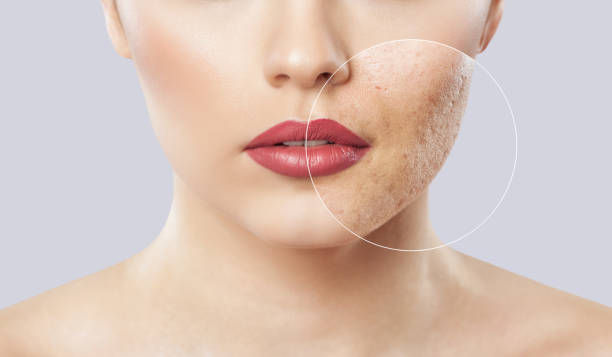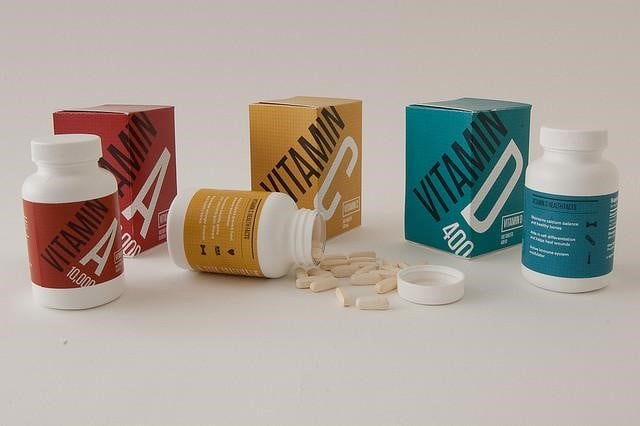Types of Acne. What should you know about
Acne is a common skin condition that occurs when your pores and hair follicles become filled with dirt, oil, and dead skin cells. You may already have an image of what acne means, but it isn’t something like “one size fits all”, there are different types of acne, each one has its own characteristics and requires a different approach.
Suffering acne can cause long-lasting psychological effects such as low-confidence, depression, anxiety, avoid going out because you fear being judged for your skin, frustration, and constantly comparing yourself to others. Sounds familiar? Don’t worry, with treatment acne can get better, and learning to know your skin and determining your acne type is key to find the right treatment for you.
Acne Types
- Non-Inflammatory Acne
This type of acne doesn’t include redness or swelling, and they consist mostly of blackheads and whiteheads, although they can turn into inflammatory acne if bacteria invade them.
- Blackheads
Blackheads are an accumulation of dead skin cells and oil; the air darkens oil which is why you see the black portion. Professional extractions and topical treatments like salicylic acid are usually the best way to remove them. Gentle exfoliation to remove the dead skin cells and sebum is also great to have clear skin.
- Whiteheads
Whiteheads are small bumps with a whitish tone, pores get clogged and it is covered by a layer of pus, you should never pop whiteheads because that will only spread bacteria, ingredients like witch hazel and pink clay are effective to get rid of them.
- Milia
Although milia aren’t officially classified as acne it is important that you know what it is because it is commonly confused with whiteheads. They usually appear around your nose, eyes, and cheeks. They are caused by an accumulation of skin flakes or keratin deposits. They tend to disappear on their own.
- Inflammatory Acne
This type of acne is swollen and red. Sebum accumulation, dead skin cells, and dirt are not the only causes of it but bacteria also have an important role in its development. Inflammatory acne is usually associated with a bacterial infection and it is harder to get rid of. It consists of papules (pimples), pustules, nodules, and cysts.
- Papules
Papules are swollen red bumps in the skin, it happens when the pores break down due to inflammation, and bacteria and skin debris start to accumulate in the dermis which is the deepest layer of skin. The pimples feel tender to the touch and appear in other parts of the body besides the face.
- Pustules
Pustules are similar to papules with the difference that they are filled with pus and have a white-colored head. They are most commonly found in the face, back, and chest. They are moderate forms of acne and the treatment typically focuses on controlling sebum production.
- Nodules
They look similar to papules but they develop in the deepest layer of skin which makes them hard to treat and almost impossible to pop. They have a reddish skin tone and never have a white or yellow head. They appear when a hair follicle breaks down and skin debris enters and contaminates neighbor follicles. They can appear in sore patches and usually are painful and hard to touch. It is important to never try to pop the nodules, which would only increase the swelling and cause scarring. This is a severe form of acne and you should see a dermatologist to treat it.
- Cysts
Is another type of severe acne along with nodules and develops deep within the skin, they look like red bumps but are filled with pus and feel soft to the touch and painful. They are the most severe form of acne and typically lead to scarring. They are common in the face, jawline, and even the back. Popping a cyst will only spread the infection.
Final Thoughts
Blackhead and whiteheads are usually the less severe form of acne and you can treat them by yourself with a proper skincare routine and OTC topical treatments. On the other hand, inflammatory acne is treated with prescription medication and should visit a dermatologist to detect if there are any lifestyle habits that you could trigger. Getting to know your skin and what type of acne you are suffering is just the beginning to reveal a clear and healthy skin.




